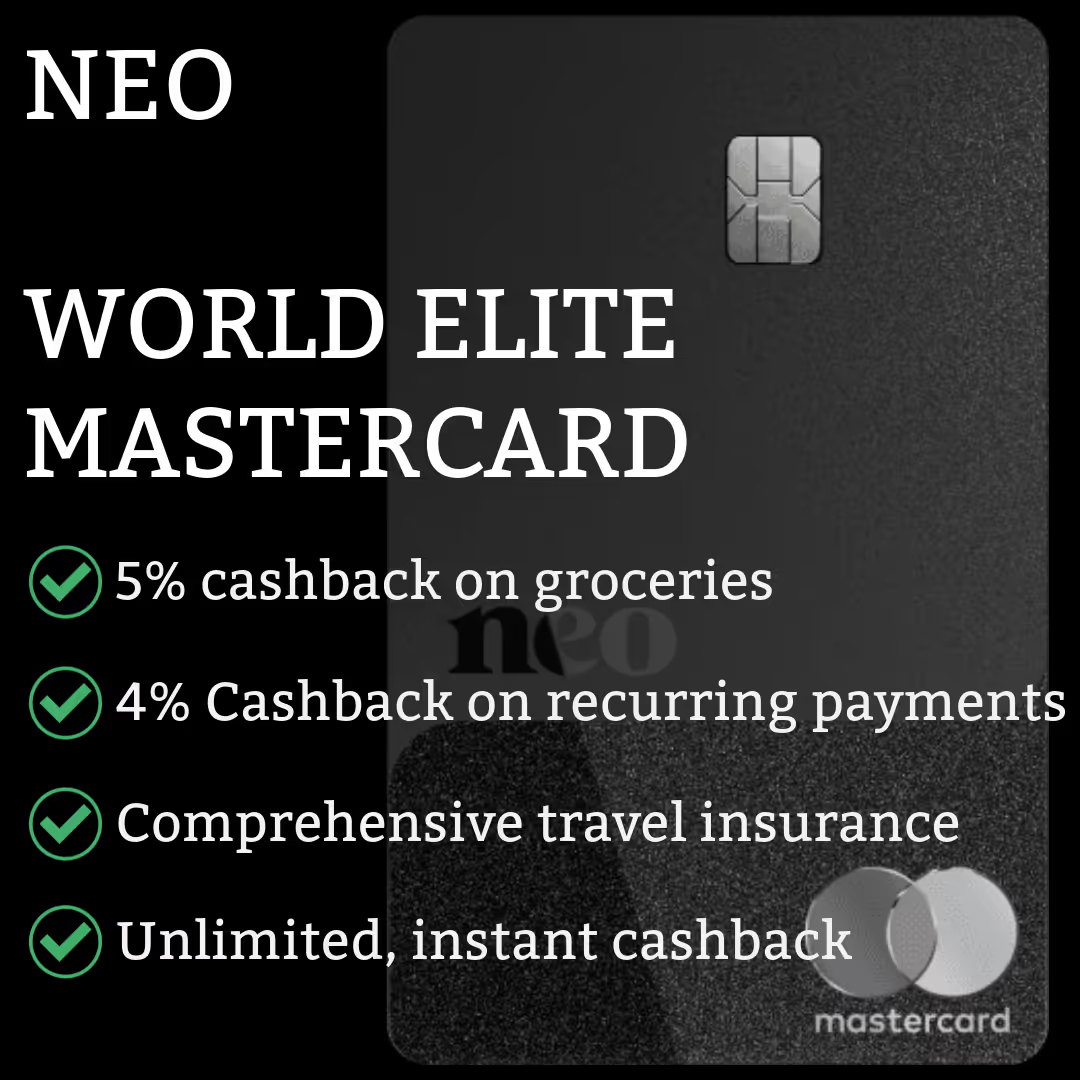It’s time to start thinking about how you’re going to pay yourself. Creating a “custom paycheque” is a good way to begin.
One of the first things to consider when planning for retirement is where your income will come from after your pay cheques stop.
First, you take inventory of your potential income sources, then it’s about finding the best way to manage these sources to maximize your cash flow.
Identify your sources of income
During your working years, you’ll likely receive income from one or both of these sources:
- a pay cheque from your employer
- interest or capital gains from your non-registered investments (such as mutual funds, ETFs, or rental income)
Once you’ve transitioned into retirement, your income will probably get a bit more complicated because you may need to coordinate money coming from a variety of sources.
Government retirement benefits
These benefits, which include Old Age Security (OAS), the Canadian Pension Plan (CPP) or the Quebec Pension Plan (QPP), are meant to replace about 30 to 40 per cent of the average Canadian’s pre-retirement income.
These sources are the most secure and typically increase over time to match the rising cost of living.
To find out more about OAS / CPP / QPP eligibility, how much you can receive and the application process head to the Government of Canada website.
Employer pension plans
If you belong to a pension plan at work, you’ll be entitled to income from that plan as well. The first step is to ask your manager or human resources department what amount of income you can expect when you retire. (While you’re at it, make sure you are taking advantage of any RSP matching or other retirement saving benefits your employer may offer.)
Registered retirement plans
The amount of retirement income you can expect from registered plans depends on how much you contribute, when you contribute, your investment returns and how much you are able to accumulate. The most popular way to save for retirement is through a Registered Retirement Savings Plan (RRSP).
This is especially true if your employer doesn’t offer a pension plan. After opening an RRSP account, you can contribute up to 18% of your previous year’s earned income to a maximum of $31,560 in 2024. (This contribution limit tends to increase over time.) To complement your RRSP, another savings vehicle you can tap into is a Tax-Free Savings Account (TFSA).
Other personal savings and investments
Another way you can set aside money for retirement is to set aside personal savings and investments outside a registered plan.
These can include government savings bonds, guaranteed investment certificates (GICs), rental income, equity in a business, real estate, stocks and mutual funds.
This part of your financial portfolio is where you have the most control over how much you contribute, how those savings are invested, how much you withdraw and the timing of any taxes payable.
Ask yourself, how can I incorporate these non-registered assets effectively into my retirement plan?
Managing these sources of income
Organizing your income sources in retirement typically starts by considering the most inflexible income sources first. Since you have less control over your CPP, OAS or pension plan payments, there are fewer tax-planning options for those types of income.
One of the key decisions to make is when to start taking payments from your pension plans. Typically you’ll receive less income from CPP and pension plans with your employer when you start taking payments earlier. But depending on the details of your situation, that might still be the right choice. Alternatively, if you’re less worried about cash flow at the start of your retirement, you may think about delaying these payments to provide a larger income down the road.
Next steps
Start the journey of creating your own retirement pay cheque:
- Take inventory of your potential income sources
- Consider how much income will come from each source and in what order
- Determine if this will meet your retirement income needs
- Talk to your financial advisor to ensure your current investment and retirement income strategy will keep you on track to meet your goals









